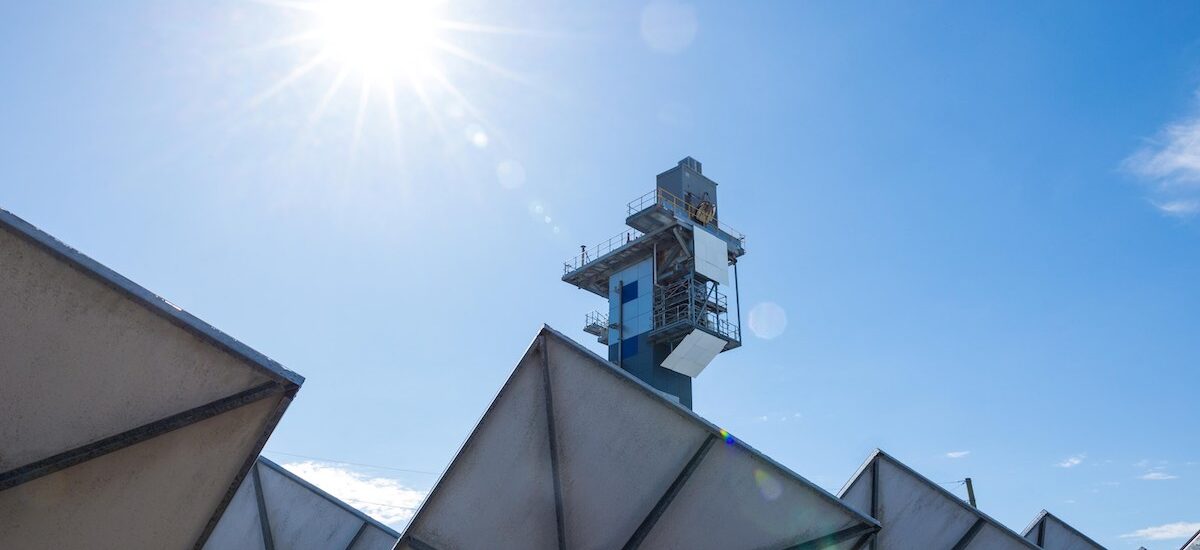From Cosmos (15/12/23)…
Concentrated solar thermal and the power of ceramics
There’s a rush on to capture the sun with mirrors. Fields, deserts, and areas the size of capital cities, are being covered in big shiny heliostats, and sunlight focussed on troughs, tubes and towers, designed to bring us out of the fossil-fuel age and into a greener, more sustainable future.
Australia’s concentrated solar power (CSP) plans have so far met with mixed success. Two demonstration plants are now turning heat into electricity for the grid.
RayGen commissioned a solar plant in Mildura in July, delivering 4MW of solar and 50MWh of storage.
Vast, which has a small demonstration plant in Forbes, western NSW, is hoping to be the first cab off the rank with commercial scale CSP in 2024. When the first sods are turned in Port Augusta, South Australia, the commercial scale plant intends to deliver 30 MW and 288 MWh of energy and storage respectively.
Now the CSIRO has made a breakthrough in the use of concentrated solar thermal (CST) to replace fossil fuels for high-temperature heat production. An innovation focussed on supplying heat directly into a manufacturing process — extracting iron from ore, or making cement or aluminium, for example, and could also be used to create electricity by making steam to run a turbine.
The role of heat in industry is often under-appreciated. The Australian Renewable Energy Agency (ARENA) says that, of the 1500 industrial sites using process heat, most is produced at a small number of large sites such as alumina refineries and iron and steel production facilities.
Using CST for process heat is not a new idea, but the temperature achieved by CSIRO is a major milestone.
“We are looking to decarbonise large industrial processes by replacing natural gas used for heating.”, says Dr Gregory Wilson, Research Commercialisation Lead, Solar Technologies, CSIRO.


